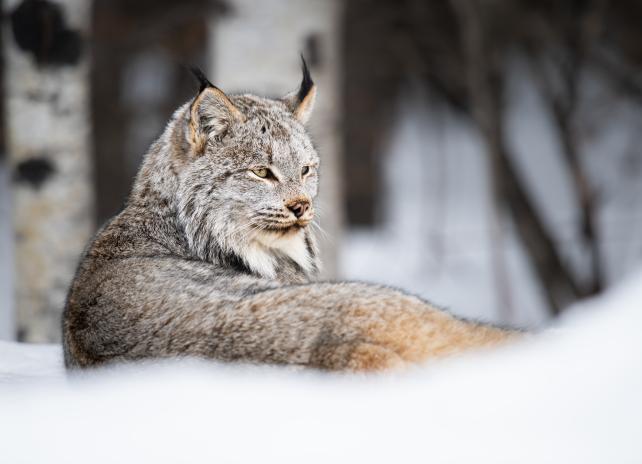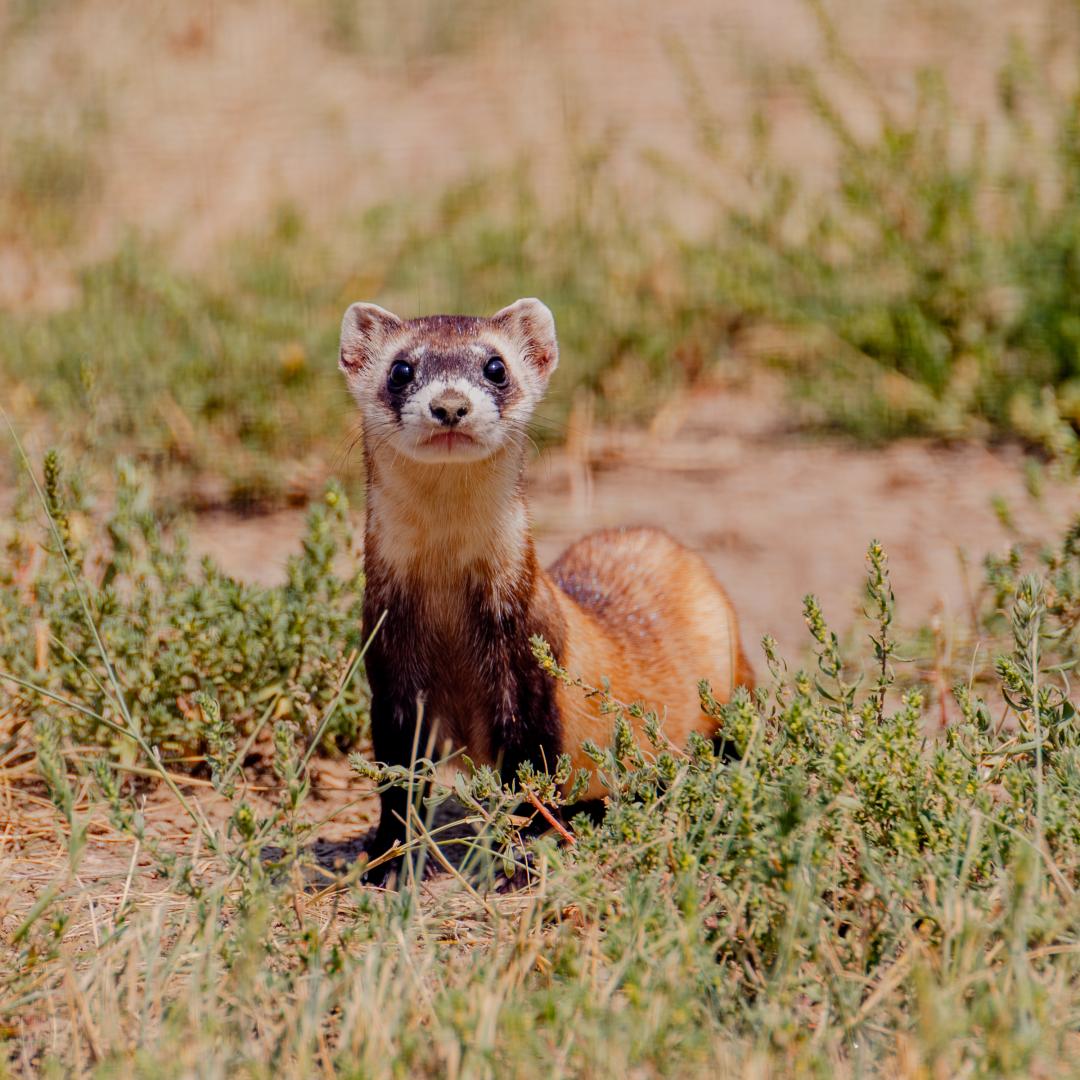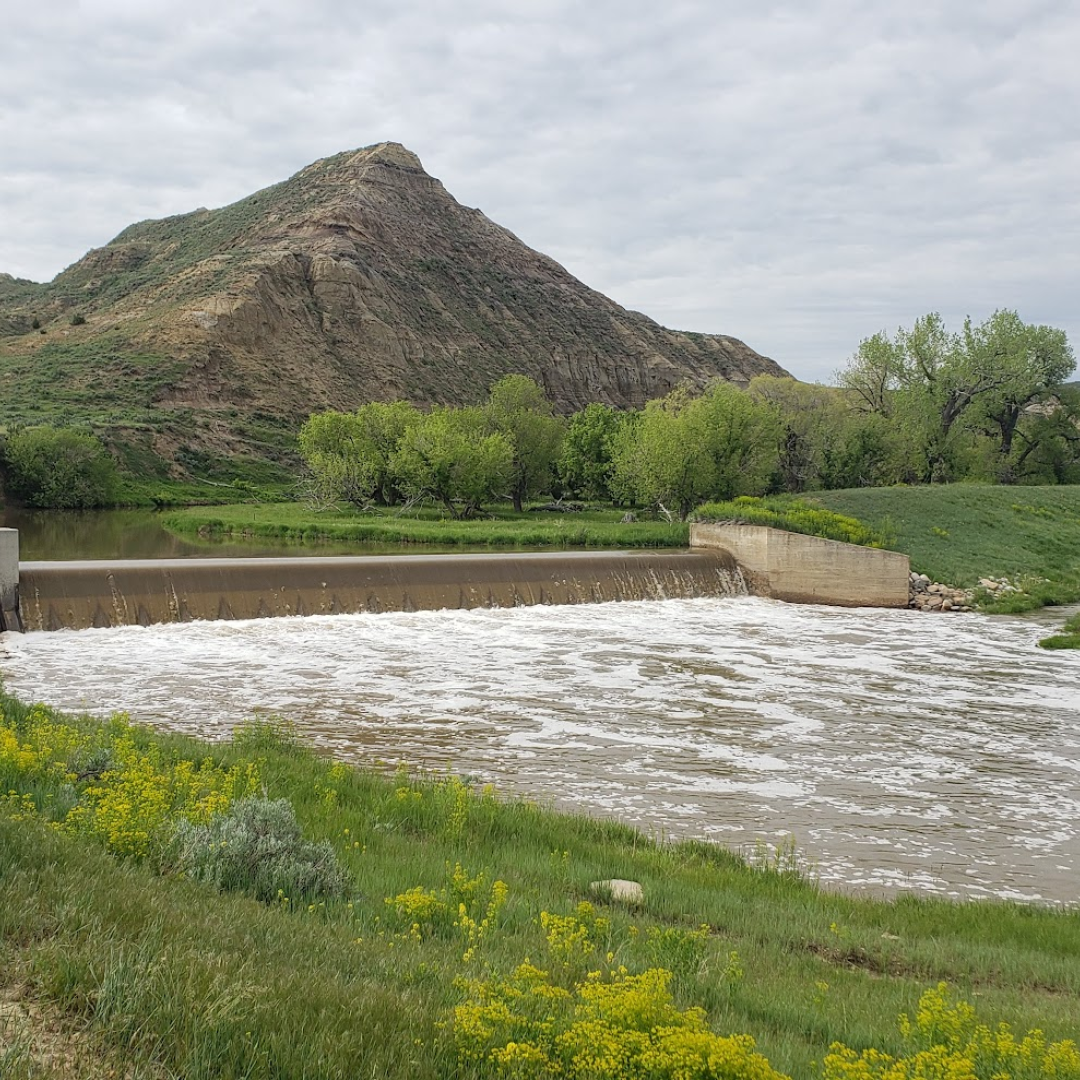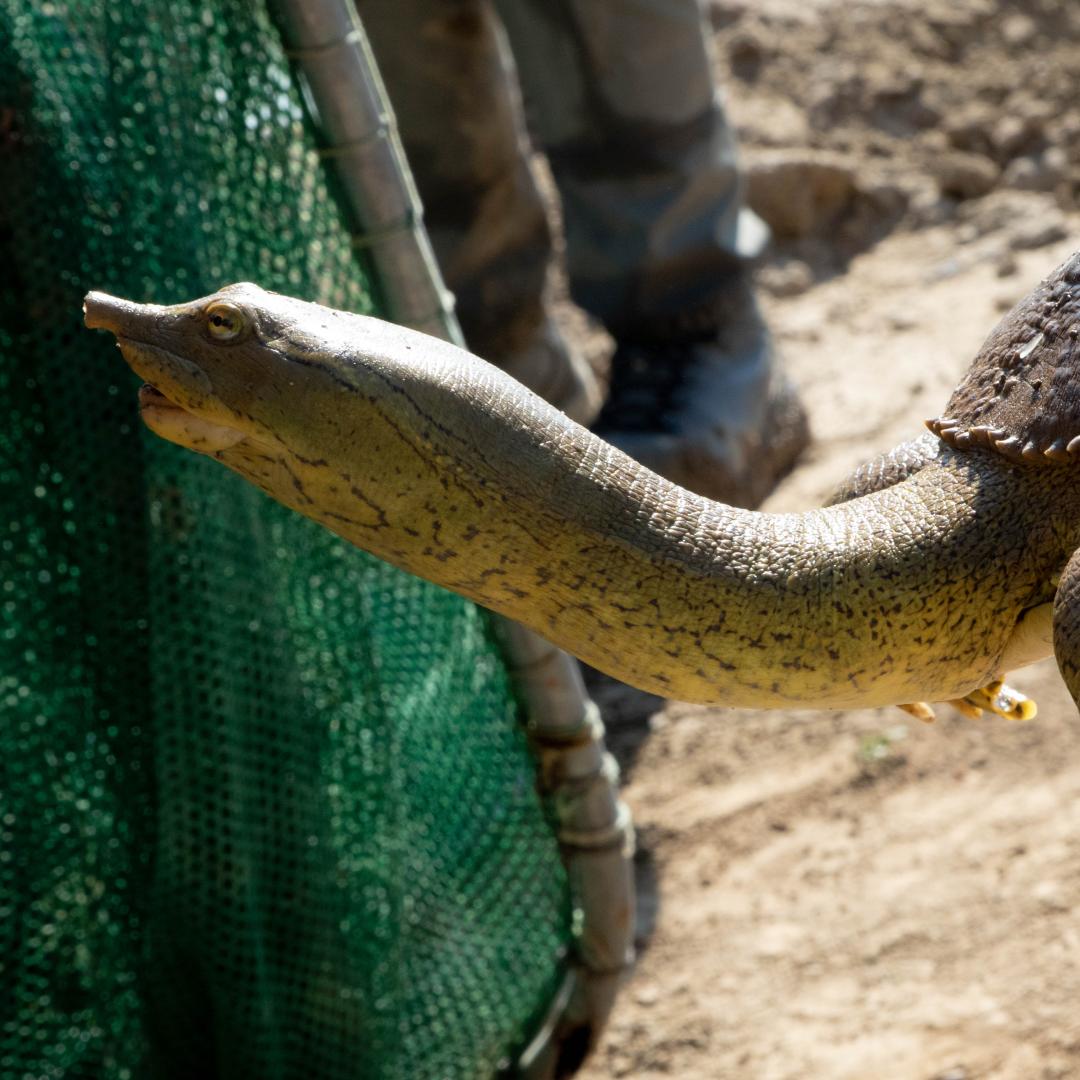What is Wyoming’s State Wildlife Action Plan?
Wyoming’s State Wildlife Action Plan (SWAP) summarizes the status of wildlife and fish within the state, provides a blueprint for conserving these species and their habitats and unlocks federal funding through the State and Tribal Wildlife Grants program.
Every state is responsible for developing a SWAP, and in so doing, every state contributes to a nation-wide strategy for conserving at-risk species and their habitats. SWAPs are created by bringing together the many agencies, organizations and stakeholders that work on conservation in the state. Through this work, SWAPs provide priority actions for groups across the entire state, including government agencies, nonprofits and conservation districts.
SWAPs seek to conserve species and habitats before they are at risk, which can save resources in the long run as SWAPs include conservation actions to prevent the need for future listings under the Endangered Species Act. Through the federal State and Tribal Wildlife Grants program, Wyoming receives an average of $860,000 each year for conservation of species of greatest conservation need and their habitats.
SWAPs include 8 federally required elements that summarize the status of wildlife and fish and their associated habitats, identify challenges and associated conservation actions to manage those challenges, develop monitoring strategies and involve participation from partnering agencies, stakeholders and members of the public.
The 2027 revision timeline
SWAPs must be revised every 10 years to incorporate new evidence and consider emerging challenges. Wyoming’s first SWAP was created in 2005. It was revised in 2010 and again in 2017. The current revision was initiated in fall 2024, and it is planned to be finalized and submitted to the United States Fish and Wildlife Service by June 30, 2026.
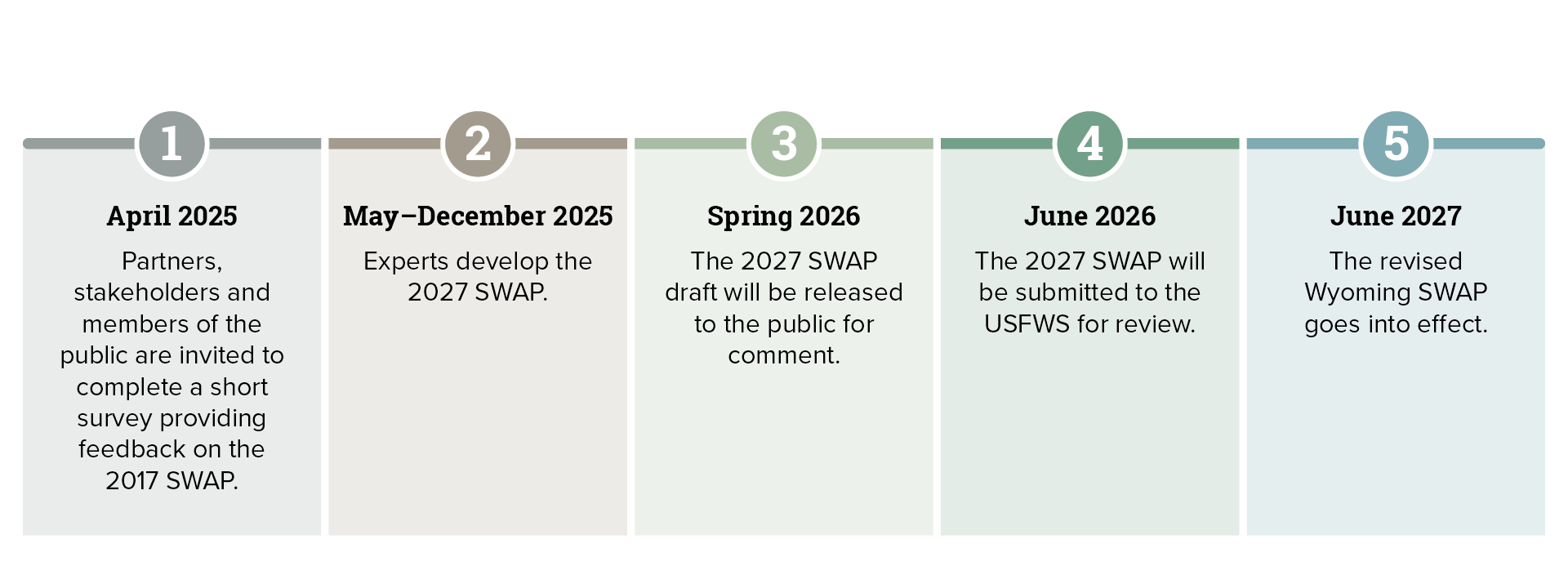
How to get involved
Public, stakeholder and partner engagement are key components of the SWAP. In spring 2025, we invited public feedback on the 2017 SWAP, which we will use to inform the ongoing reversion.
In spring 2026, we will make a complete draft of the plan available for public comment.
If you have comments or questions, please reach out to the State Wildlife Action Plan Coordinator Rhiannon Jakopak at rhiannon.jakopak@wyo.gov.
Success stories
Preface
Terrestrial habitat types
Species of Greatest Conservation Need
Wyoming is home to over 650 birds, mammals, reptiles, amphibians, and fish species. Learn more about species of greatest conservation need in Wyoming including the black-footed ferret, Canada lynx, northern long-eared bat, and Preble’s meadow jumping mouse.
SGCN
View the list of Species of Greatest Conservation Need broken down by amphibians, birds, crustaceans, fish, mammals, mollusks and reptiles.
-
Answer
-
Answer
-
Answer
Abert's Squirrel
American Pygmy Shrew
American Pika
Bighorn Sheep
Black-footed Ferret
Black-tailed Prairie Dog
Canada Lynx
Canyon Deermouse
Cliff Chipmunk
Dwarf Shrew
Eastern Red Bat
Eastern Spotted Skunk
Fringed Myotis
Great Basin Pocket Mouse
Hayden's Shrew
Hispid Pocket Mouse
Idaho Pocket Gopher
Least Weasel
Little Brown Myotis
Long-eared Myotis
Long-legged Myotis
Meadow Jumping Mouse
Moose
Northern Flying Squirrel
Northern Long-eared Myotis
Northern River Otter
Olive-backed Pocket Mouse
Pallid Bat
Pinon Deermouse
Plains Harvest Mouse
Sand Hills Pocket Gopher
Plains Pocket Mouse
Preble's Meadow Jumping Mouse
Preble's Shrew
Pygmy Rabbit
Ringtail
Sagebrush Vole
Silky Pocket Mouse
Spotted Bat
Spotted Ground Squirrel
Swift Fox
Townsend's Big-eared Bat
Uinta Chipmunk
Water Vole
Western Small-footed Myotis
Western Spotted Skunk
White-tailed Prairie Dog
Wolverine
Wyoming Pocket Gopher
Yellowpine Chipmunk
Yuma Myotis -
Answer
Aquatic Snails
Ash Gyro
California Floater
Cave Physa
Cooper's Rocky Mountain Mountainsnail
Cylindrical Papershell
Giant Floater
Green River Pebblesnail
Jackson Lake Springsnail
Land Snails and Slugs
Mountain Snails
Multirib Vallonia
Pewter Physa
Pill Clams
Plain Pocketbook
Pond Snails
Pygmy Mountainsnail
Tadpole Physa
Yavapai Mountainsnail -
Answer
Black Hills Red-bellied Snake
Desert Striped Whipsnake
Eastern Spiny Softshell
Great Basin Gophersnake
Great Basin Skink
Great Plains Earless Lizard
Greater Short-horned Lizard
Midget Faded Rattlesnake
Northern Many-lined Skink
Northern Rubber Boa
Northern Tree Lizard
Pale Milksnake
Plains Black-headed Snake
Plains Box Turtle
Plains Garter Snake
Plains Hog-nosed Snake
Plateau Fence Liszard
Prairie Lizard
Prairie Racerunner
Prairie Rattlesnake
Red Sided Gartersnake
Smooth Greensnake
Valley Gartersnake
Western Painted Turtle

